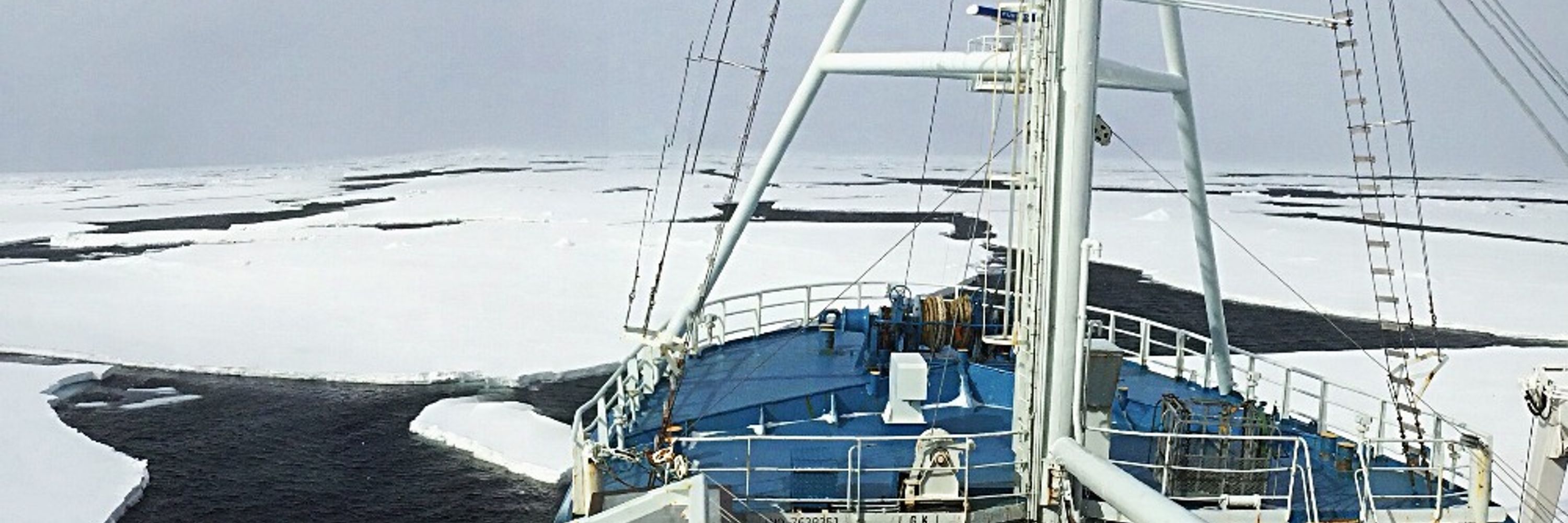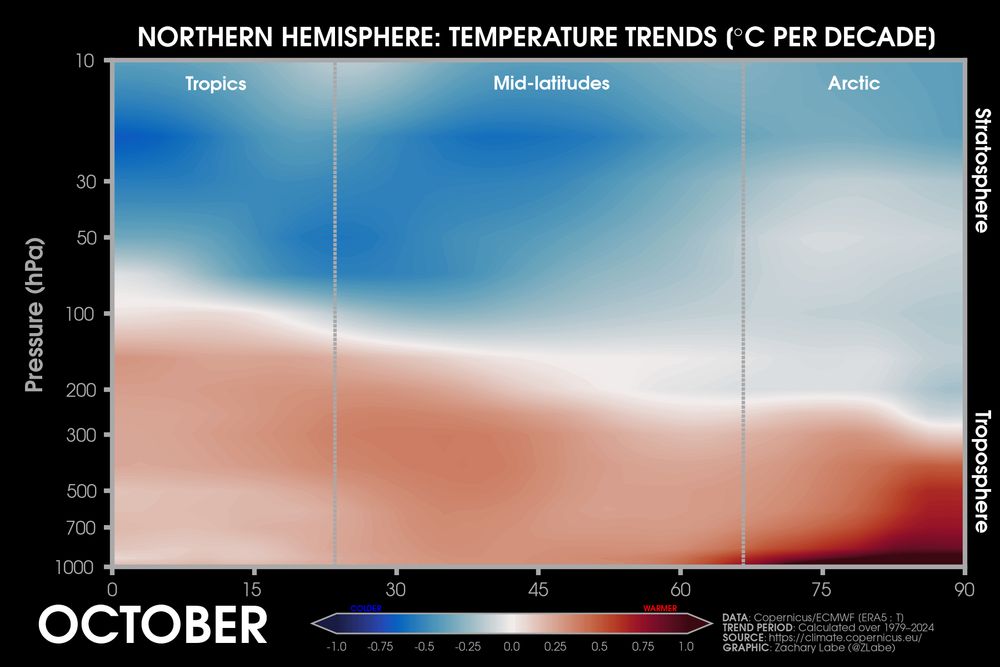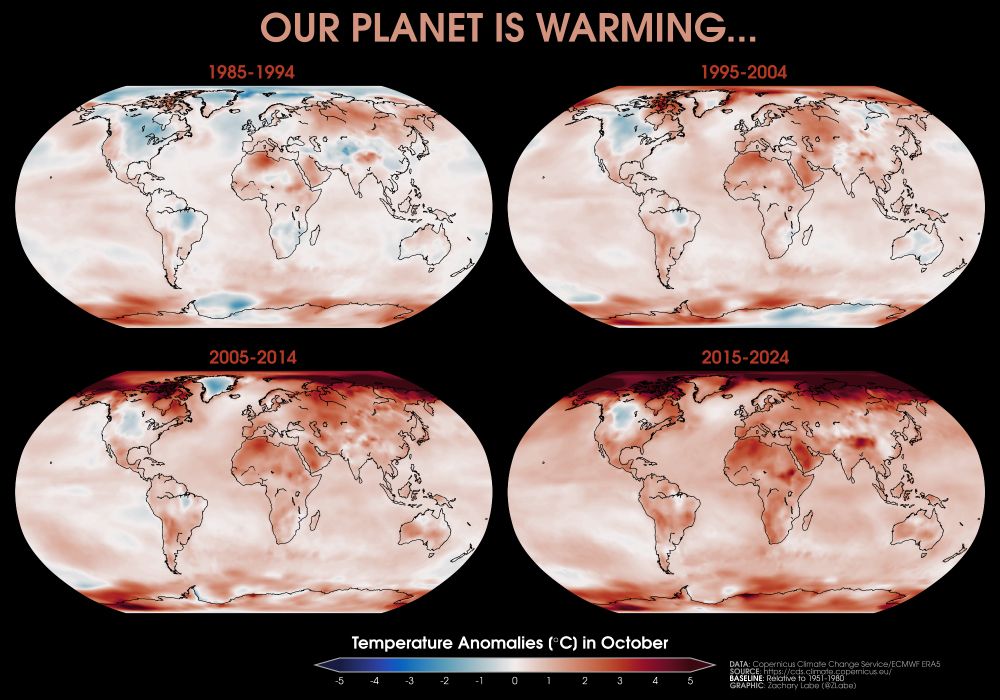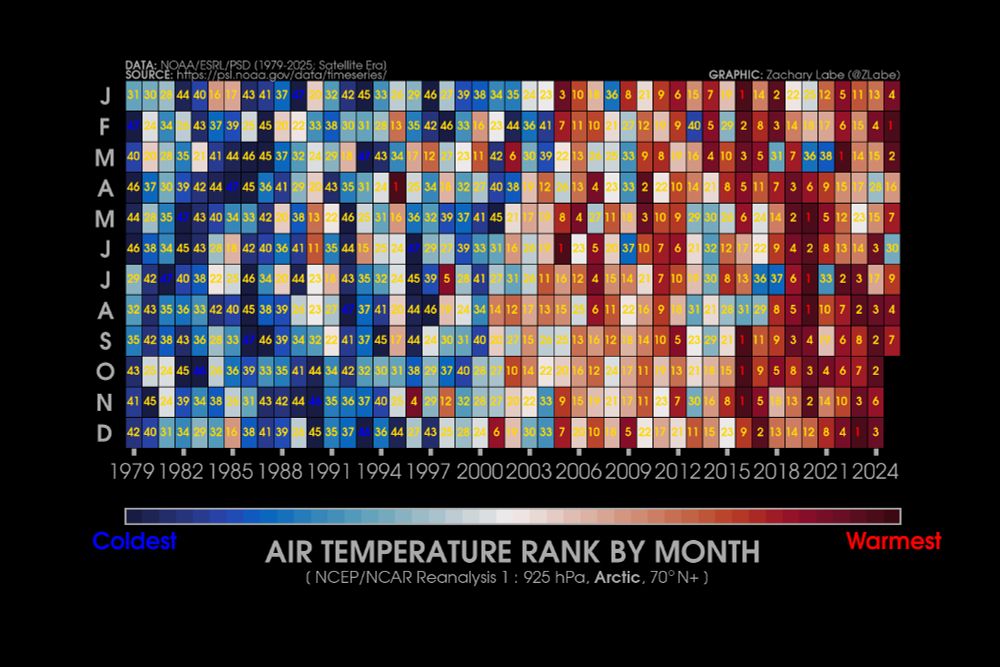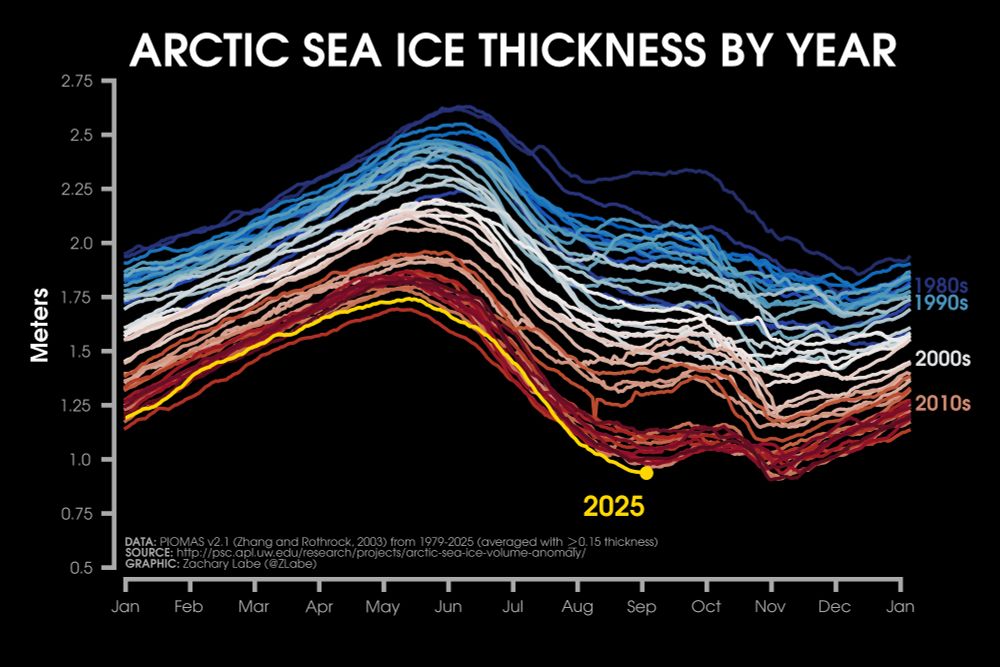Zack Labe
@zacklabe.com
41K followers
1K following
3.7K posts
Climate Scientist at @climatecentral.org | PhD | Passionate about improving science communication through data-driven stories | Harrisburg, PA | https://zacklabe.com/
Views, thoughts, and opinions expressed here are only my own.
Posts
Media
Videos
Starter Packs
Pinned
Zack Labe
@zacklabe.com
· 1d
Zack Labe
@zacklabe.com
· 1d
Zack Labe
@zacklabe.com
· 1d
Zack Labe
@zacklabe.com
· 1d
Zack Labe
@zacklabe.com
· 1d
Zack Labe
@zacklabe.com
· 2d
Zack Labe
@zacklabe.com
· 3d
Zack Labe
@zacklabe.com
· 4d
Zack Labe
@zacklabe.com
· 5d
